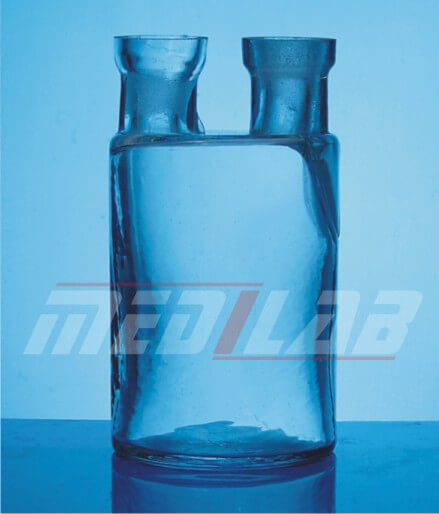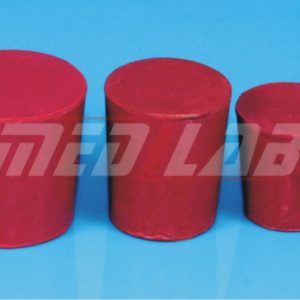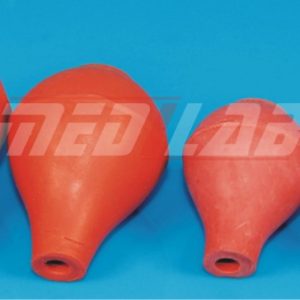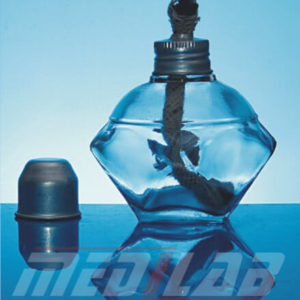Description
A Woulf’s bottle is a laboratory glassware used for collecting and trapping gases produced during chemical reactions. The bottle consists of a cylindrical glass container with two or more necks, each fitted with a stopper or a tube. The necks are usually arranged in a parallel or perpendicular configuration, and each neck is connected to another vessel or tubing system.
The Woulf’s bottle is commonly used in organic chemistry, where it is used for various applications, such as distillation, reflux, or gas purification. The bottle is often filled with a solvent or a reagent, such as water, sodium hydroxide, or potassium permanganate, which reacts with or absorbs the gas being collected. The gas is then trapped inside the bottle and can be analyzed or further processed.
The use of Woulf’s bottle requires careful handling and proper set-up to ensure safety and efficiency. The bottle should be cleaned and dried before use, and the stoppers or tubes should be securely fitted to prevent leakage or contamination. The bottle should also be placed in a secure and stable position, to prevent tipping or spilling during the reaction.
Woulf’s bottles come in different sizes and configurations, to fit different experimental requirements. They can be made of different types of glass, such as borosilicate or quartz, depending on the chemical properties of the gas or the solvent used. Woulf’s bottles are an essential component of laboratory equipment, particularly in organic chemistry, and have been used for over a century in various applications.
Why Choose Us
Welcome to MEDILAB, your trusted bulk supplier of Woulfs Bottles. We specialize in providing high-quality laboratory equipment to clients around the globe. Our commitment to excellence and customer satisfaction ensures that you receive only the best products for your needs.
We ship worldwide, making it easy for you to access our products no matter where you are located. Whether you are a laboratory, hospital, or research facility, we are here to serve you.
For pricing, bulk orders, and shipping inquiries, please contact us today. Let MEDILAB be your go-to source for all your laboratory supply needs.







